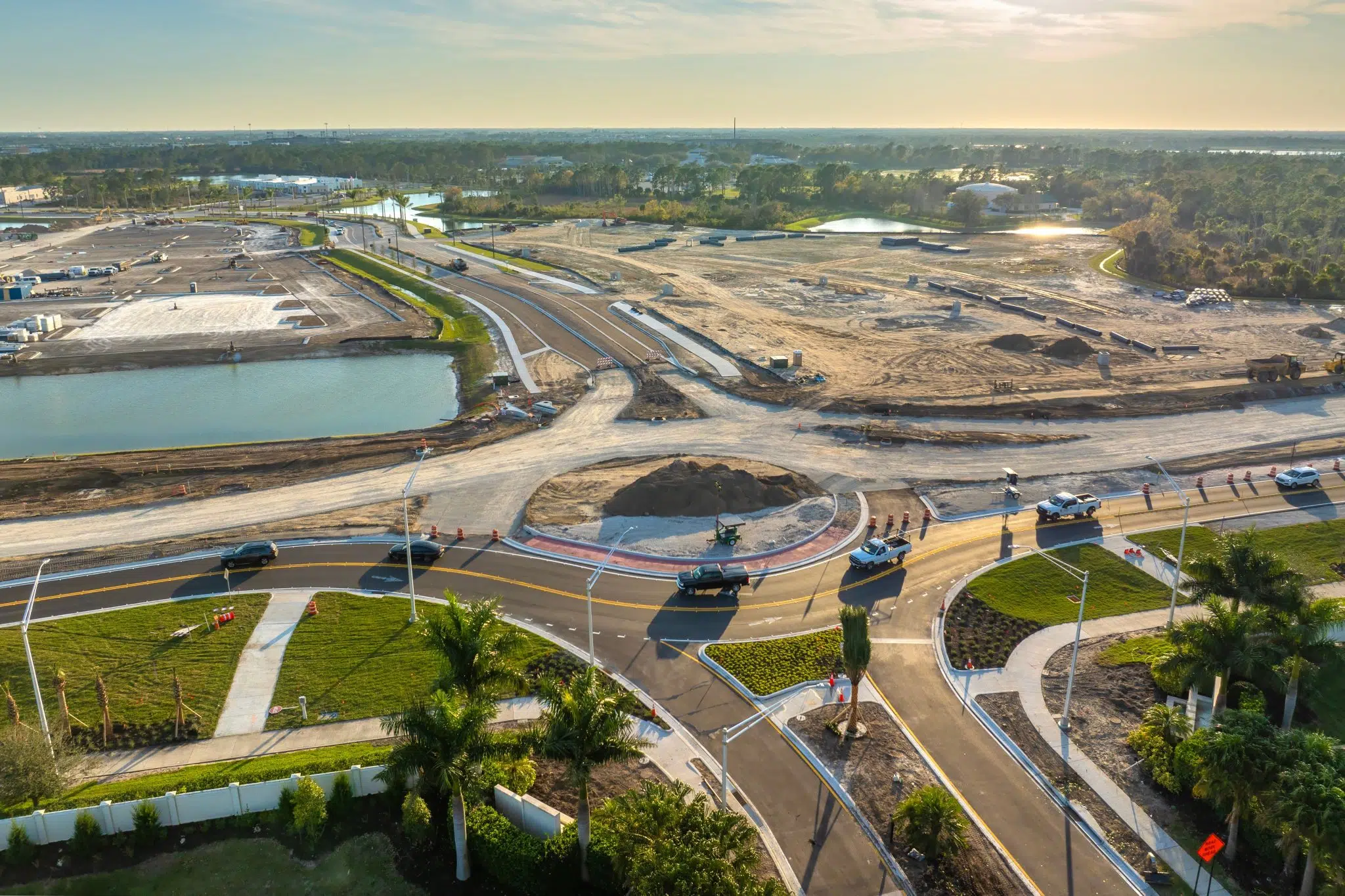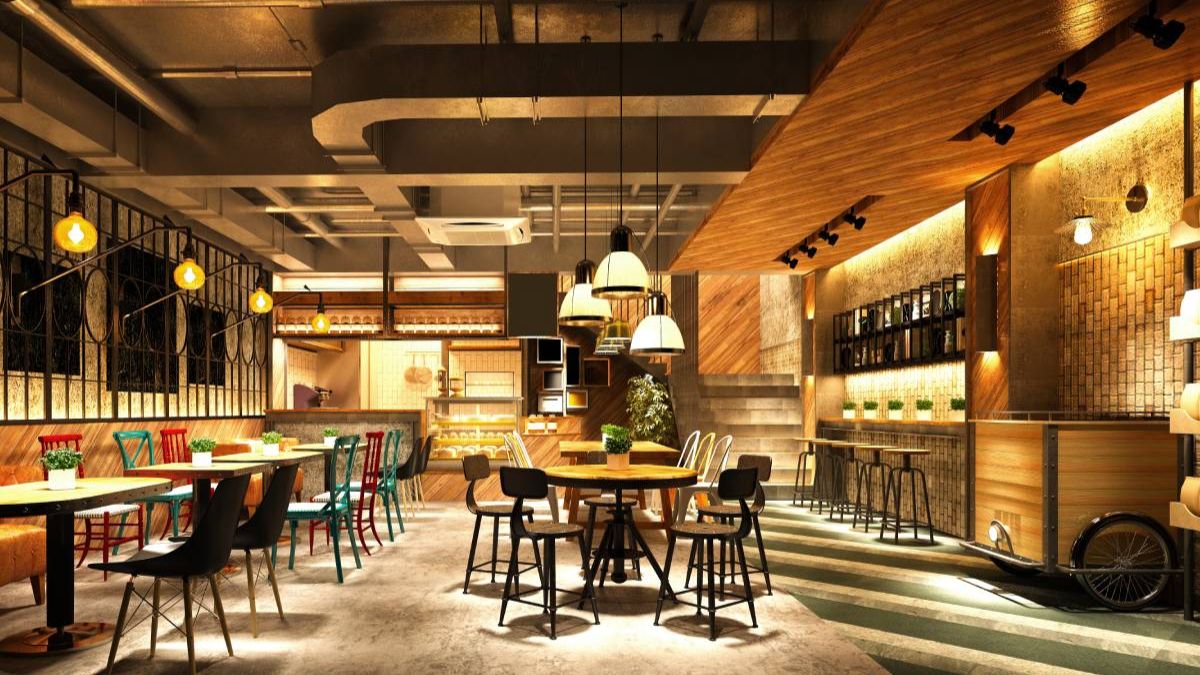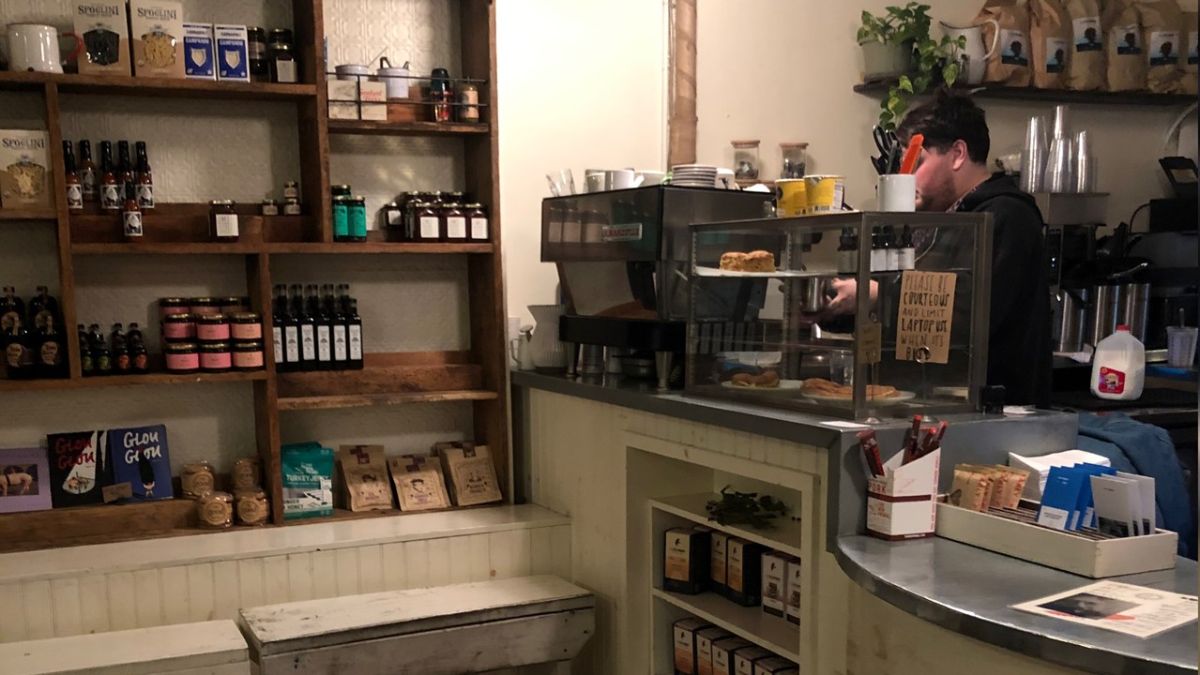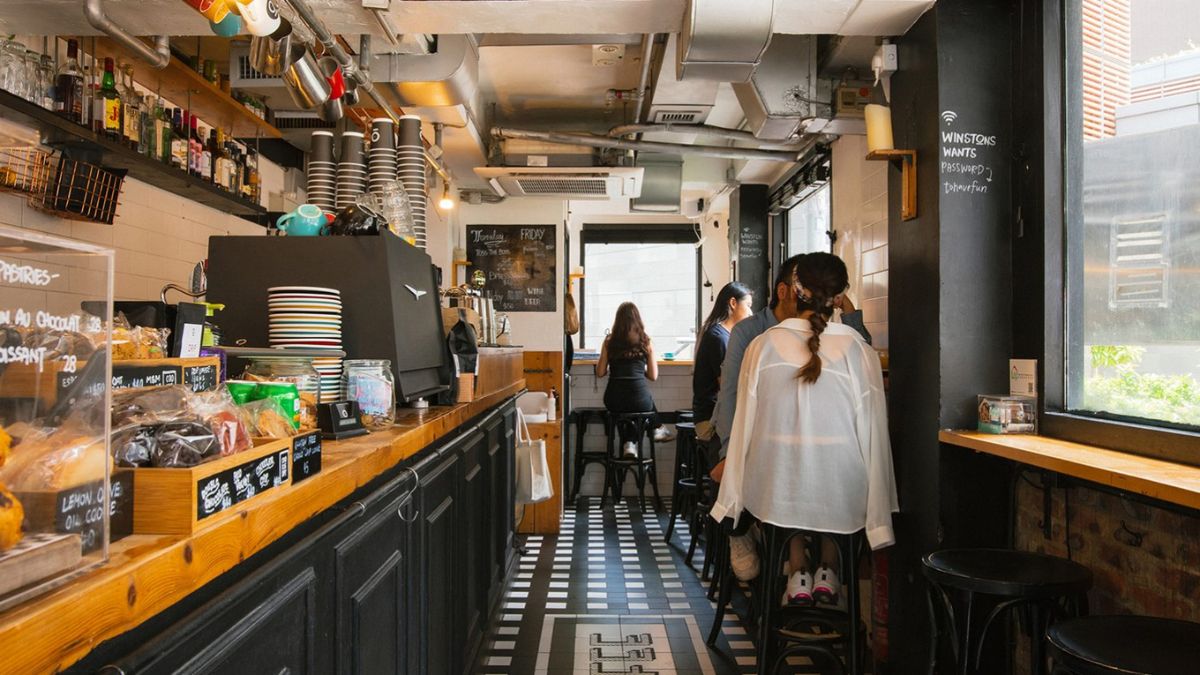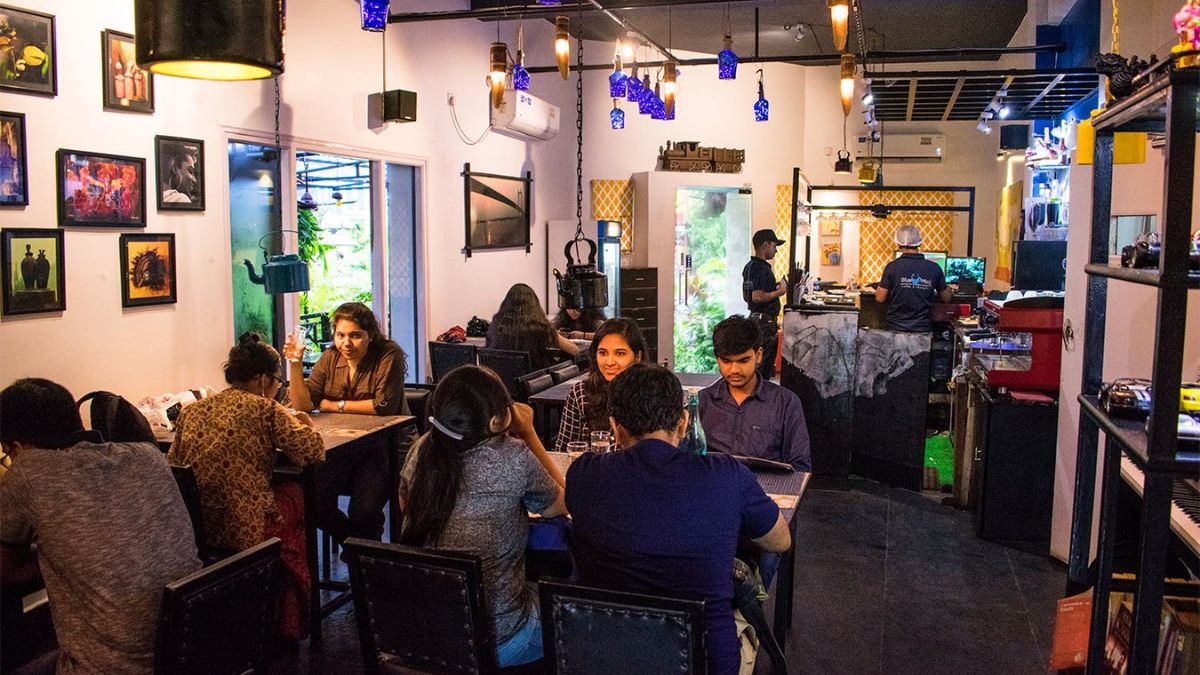The everyday drive might not seem like a place for radical innovation, but traffic engineers are quietly rewriting the rules of the road. The latest game-changer?
RCUT intersections — Restricted Crossing U-Turns — a design that’s spreading across the U.S., parts of Europe, and increasingly considered in Latin America. At first glance, it looks a little counterintuitive: why force drivers to turn right when they actually want to go left? But behind that detour is a big payoff — fewer accidents, faster commutes, and a safer driving experience.
Why Roundabouts Fell Out of Favor
For decades, roundabouts and traffic circles were the go-to alternative to stoplights and four-way intersections. They made sense in theory: slow everyone down, keep traffic moving, reduce head-on collisions.
Read Also- Food Photography Tips – Make Your Café Shots Instagram Ready
The problem is, they’re not a one-size-fits-all solution. Large roundabouts can strangle major highways with unnecessary slowdowns. Smaller ones in rural areas often confuse drivers more than they help.
Take Argentina, for instance. Rural roads often feed straight into high-speed highways. Drivers trying to turn left or cross lanes suddenly find themselves merging into fast-moving traffic. That split-second decision — hit the gas or slam the brakes — often ends in crashes. Roundabouts don’t solve that problem, and full overpasses are simply too expensive to build everywhere. Engineers needed a middle ground.
Enter the RCUT
The RCUT flips the script on how intersections work. Instead of letting side-road drivers dart across main traffic or make risky left turns, it forces them to make a right turn first. Then, about 500 to 1,300 feet down the road, there’s a dedicated U-turn lane. From there, drivers can either continue in the opposite direction or make another right to cross.
Think of it as an intersection stretched out — no perpendicular crossings, no sudden lefts, no darting across speeding cars. It feels strange the first time you use it, but once you’ve gone through, the flow makes sense. Main highways stay smooth, and side-road drivers get safer entry points.
The Numbers Don’t Lie
The U.S. Federal Highway Administration has been tracking RCUT performance, and the stats are hard to ignore. Total crashes at RCUT intersections have dropped by as much as 54%. Injury-related accidents? Down by roughly 70%. Those aren’t marginal improvements; they’re life-saving differences.
Beyond safety, RCUTs improve efficiency. By eliminating sudden stops or wide-open crossing gaps, highways move more predictably. Cities in North Carolina and Minnesota that implemented RCUTs reported shorter rush-hour backups and fewer driver complaints about delays. That’s a rare win in road design.
| Intersection Type | Risky Left Turns | Cross-Traffic Collisions | Reported Crash Reduction | Average Cost |
|---|---|---|---|---|
| Traditional | High | High | Baseline | Low |
| Roundabout | Medium | Medium | ~35% | Medium |
| RCUT | Low | Low | 54–70% | Lower than overpasses |
Challenges in Rolling Out RCUTs
No new road system comes without hiccups. For RCUTs, the biggest hurdle isn’t concrete or asphalt — it’s driver behavior. People instinctively want to turn left when their destination is left. Telling them to turn right first can feel like the road is tricking them. That’s why clear signage, lane markings, and public awareness campaigns are crucial.
Cultural habits also play a role. In Europe, where roundabouts are almost second nature, RCUTs face skepticism. In Argentina, the idea is familiar in spirit — drivers already use improvised right-to-left merges — but infrastructure hasn’t caught up. Without proper lanes and U-turn bays, the RCUT advantage disappears.
From Experience to Evidence
I’ll admit, the first time I hit one of these intersections, I hesitated. I needed to go left, the signs told me to turn right, and I thought, “This can’t be faster.” Yet, seconds later, I was back on track, without dodging high-speed traffic. Compare that to a near-miss I had years earlier at a traditional rural intersection — where a left turn nearly ended in a side-impact crash — and the difference was night and day. Sometimes a short detour is worth every second.
The Road Ahead
As congestion rises and budgets tighten, governments are under pressure to find solutions that are safer and cheaper than massive overpasses. RCUTs seem to hit that sweet spot. They may never completely replace roundabouts, especially in dense urban areas, but they’re proving especially effective on high-speed corridors and rural junctions.
For drivers, the key is adaptation. That “right-turn-first” move might feel odd, but with crashes cut nearly in half, it’s worth embracing. Engineers like to say road design saves lives quietly — drivers often don’t notice a safer road, they just arrive home without incident. The RCUT could be one of those unsung heroes.
FAQs:
What does RCUT stand for?
Restricted Crossing U-Turn, a road design that eliminates direct left turns and cross-traffic.
How do RCUTs improve safety?
They remove the two most dangerous maneuvers — left turns and perpendicular crossings — which drastically reduces collisions.
Do RCUTs slow drivers down?
Not really. They add a small detour but often save time by preventing long waits at signals or stop signs.

